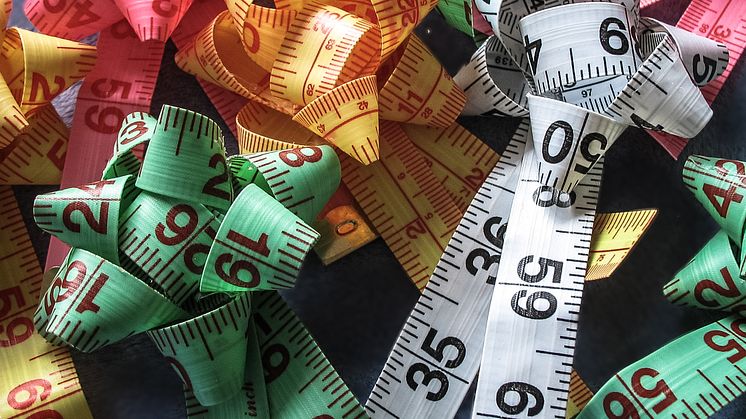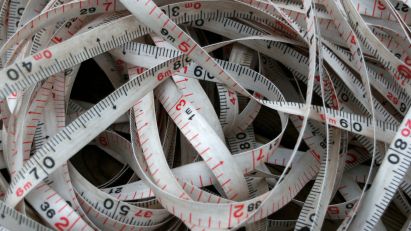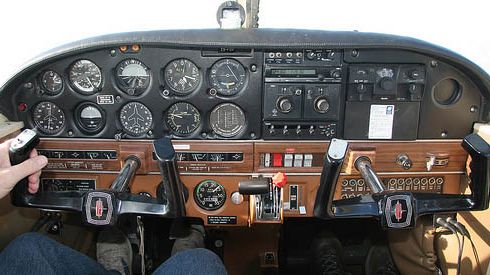
Blog post -
PR Analytics: Why Small Data Is The New Big Data
The phrase “big data” has dominated many debates within the PR industry over the past few years. But, as Brendon Craigie wrote, "big data is becoming an excuse for not knowing what you’re talking about".
Interestingly, the International Communications Consultancy Organisation found that 93% of PR agency heads worldwide believed measurement and analytics would be their main focus going forward, yet 59% felt PR measurement in general was “too complex".
But why should we measure PR and need it be as complicated as many Big Data advocates would have you believe?
I met up with Andrew Smith, Managing Director of escherman, a specialist online PR, SEO and analytics consultancy, to ask him for his thoughts on analytics and PR. Why should you measure?
1. Show your worth
Quite simply it is essential for practitioners to analyse results to justify the need for PR and show return on investment.
According to Andrew, people have been undervaluing PR and social media for years while overestimating the value of Pay Per Click, SEO, and other marketing or advertising practices.
"The last click attribution model typically used for PPC campaigns completely ignores the PR and social media activity which a consumer may have been exposed to prior to clicking on the PPC ad, while the increased traffic brought about by SEO is similarly over valued as it results in large volumes of traffic which doesn’t convert. What you want more of is the right kind of traffic.”
2. Develop your brand’s entire PR strategy
Through monitoring your PR activity you can gain insights into consumer sentiment and the effectiveness of PR tactics. It essentially "demonstrates a connection between what you are doing and what you ought to be doing in the future," says Andrew.
This information can then be used to improve or redevelop your communications strategy. Andrew points out that often PRs find out “things they had assumed contributed real value didn’t, and those you overlooked did.”
What can you measure?
You can measure pretty much whatever you like, the trick is measuring what matters. Check out this video by Loves Data…
Where do you start?
1. Define your goals and objectives
"In order to measure something you have to be able to quantify it."
Andrew warns that it is essential to not measure for the sake of it but ensure your metrics are based on KPIs and SMART objectives. If you don't, you risk ending up with streams of data which will tell you very little. "Data puking" - says Andrew.
Check out page 9 of the CIPR's Guide to Social Media Monitoring for examples of organisational objectives for social media monitoring:
CIPR Guide to Social Media Monitoring from Chartered Institute of Public Relations
2. Take advantage of Google Analytics
Due to the vast volumes of digital content we consume there is a wealth of data available to tap into for free using Google Analytics unless your site exceeds the data collection limit. You can view all of the details of that here.
Most importantly you can customise Google Analytics to measure exactly what you want to analyse. It will also give you access to the data when you need it and allow you to produce reports and graphs to present to colleagues or clients.
3. Don't rely on inbuilt analytics on social media pages
Sites such as Facebook and LinkedIn provide top level insights into visitor traffic, likes and shares. These will give you an initial starting point on discovering what types of posts and content are popular.
However, it will probably leave you wanting more. To delve deeper into finding out who these people are and what action your content is driving (e.g. changing behaviour or increasing sales) then you'll need to use other tools such as Google Analytics.
4. Consumer Barometer
If you work for an FMCG, Google's Consumer Barometer provides an insight into how consumers use online and offline information sources in their purchase process.
What tools should you use aside from Google Analytics?
Unfortunately there is no one-size-fits-all solution. Andrew says: "As soon as you know what you are measuring and why, you will be able to find out which tools will work for you." He suggests that a worst case scenario would be to find yourself using 2 or 3 tools.
How much should you be striving to understand Big Data?
"Small data should be the buzzword," says Andrew. "The trouble with Big Data is that you have access to huge volumes of data but what are you seeking to understand? Just because we can use this data doesn't mean we should, it's a red herring. Unless there is significant value in investing heavily in evaluating this huge quantity of data then you shouldn't."
What are your thoughts on PR and analytics? How do you measure the value of your PR?



